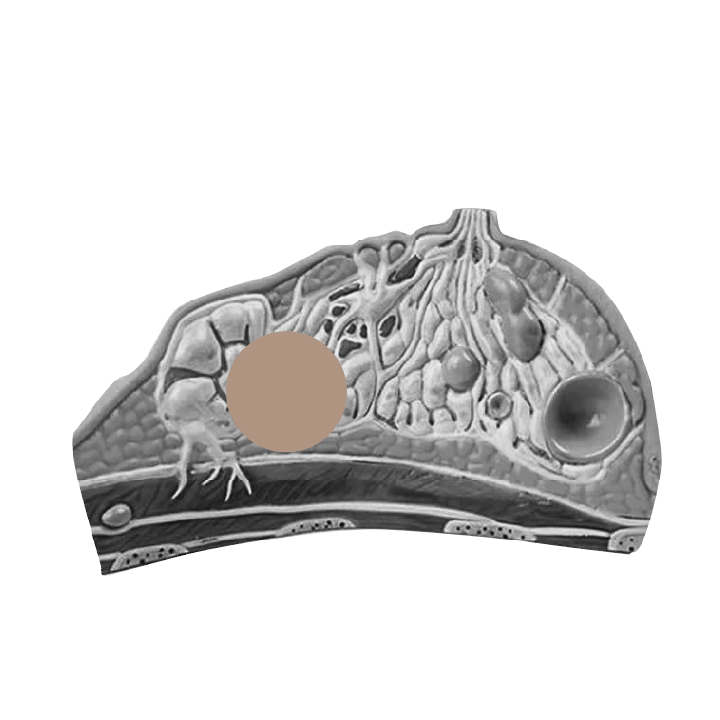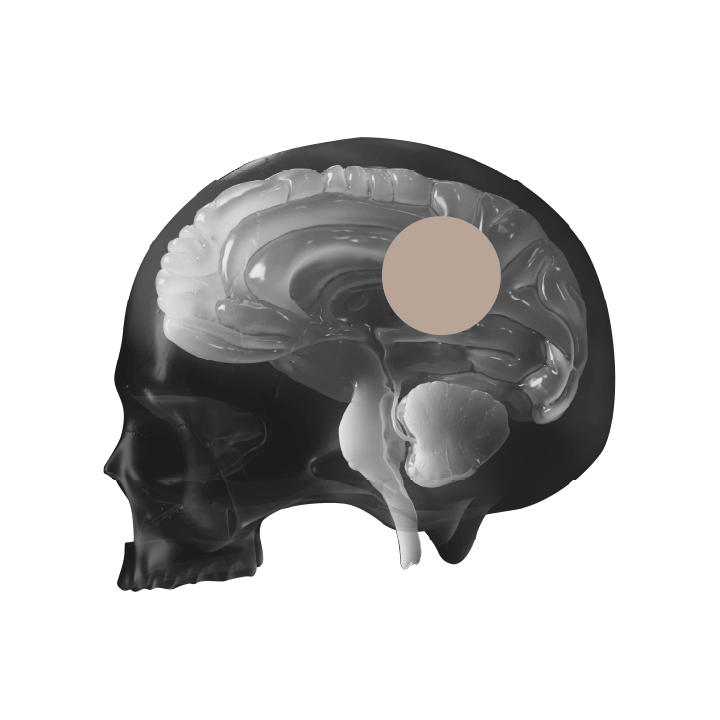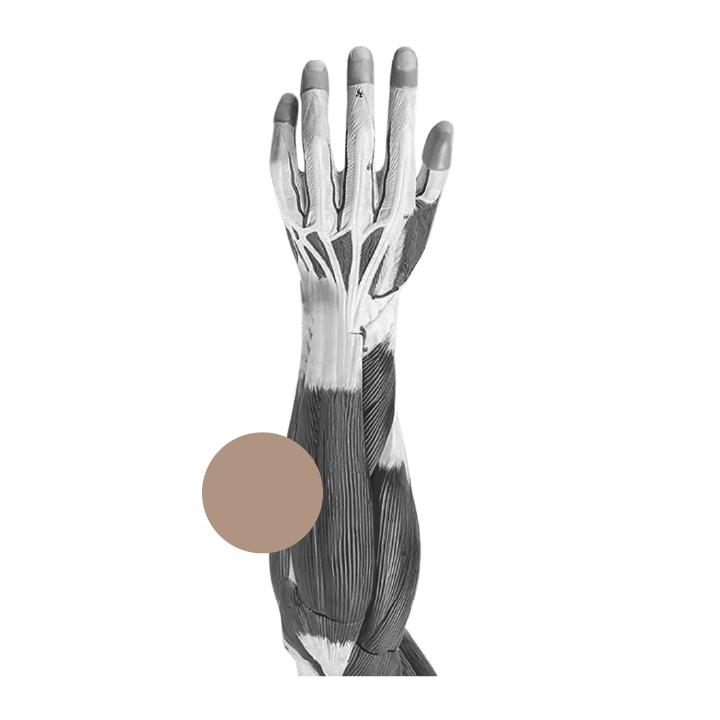9/11 Head & Neck Cancer Compensation Eligibility
As more time passes since the events of September 11, 2001, it has become clear that the risk of cancer facing first responders is increasing, as are the types of cancers to which they are susceptible. Rutgers University recently found that 9/11 responders are at an increased risk of developing head and neck cancers in the first such study to specifically examine these types of cancers among this population. Read on for an overview of the study’s findings. For more information about 9/11-related cancers, please contact a 9/11 lawyer.
MAXIMUM PAIN AND SUFFERING AWARD FOR
Head and Neck Cancers
$250,000
*Does not account for additional conditions or other forms of loss. Prior results and outcomes are not guaranteed.
HEAD AND NECK CANCERS POSE A GREATER RISK FOR 9/11 RESPONDERS
The Rutgers study found that cases of head and neck cancers among World Trade Center first responders increased by 40% between 2009 and 2012. The study was part of a two-year study funded by the U.S. Centers for Disease Control and Prevention that examined whether first responders were at a greater risk of human papillomavirus (HPV)-related throat and tongue cancer due to being exposed to toxins during their recovery work at Ground Zero. The most striking increases were in oropharyngeal cancers, which are associated with HPV infection. The study also found that these types of cancers were most strongly associated with responders who:
- Were over the age of 55
- Were non-Hispanic white
- Worked in military or protective service occupations
The researchers pointed to several possible culprits behind the increase. First, head and neck cancers may be more common among first responders because they inhaled debris clouds containing many types of carcinogens. Second, exposure to 9/11 carcinogens could add to the effects of personal risk factors for head and neck cancers, including tobacco smoking, heavy alcohol consumption, and oral HPV infection.
TYPES OF HEAD AND NECK CANCERS
Cancers of the head and neck usually begin in the cells that line the moist, mucosal surfaces inside the head and neck, primarily the mouth, nose, and throat. They can also begin in the salivary glands, although salivary gland cancers are much less common. Head and neck cancers can be grouped broadly into the region of the head or neck that they affect, including:
- Oral cavity: The area generally comprising the lips including the lips, cheeks, gums, and front two-thirds of the tongue
- Pharynx: The throat, including the nasopharynx (the upper part of the pharynx, behind the nose), the oropharynx (the middle part of the pharynx, including the soft palate, the base of the tongue, and the tonsils), and the hypopharynx (the lower part of the pharynx).
- Larynx: The voice box, including the vocal cords
- Paranasal sinuses and nasal cavity: The space inside the nose and the hollow spaces around the nose
Some common symptoms of head and neck cancers include:
- White or red patches on the gums
- Bleeding or pain in the mouth
- Trouble breathing
- Pain when swallowing
- Frequent headaches
- Ringing in the ears
- Pain in the neck and throat that does not subside
- Swelling under the chin or around the jawbone
CONTACT A 9/11 LAWYER FOR HELP WITH YOUR HEAD AND NECK CANCER CLAIM
If you suffer from 9/11-related cancer of the head, neck, or any other part of the body, you may be entitled to compensation. For more information about 9/11-related cancers and the resources available to survivors, please contact a 9/11 lawyer at Pitta & Baione by using our online contact form or by calling us at 844-982-2667.
PITTA & BAIONE LLP SUCCESSFUL CLAIMS







